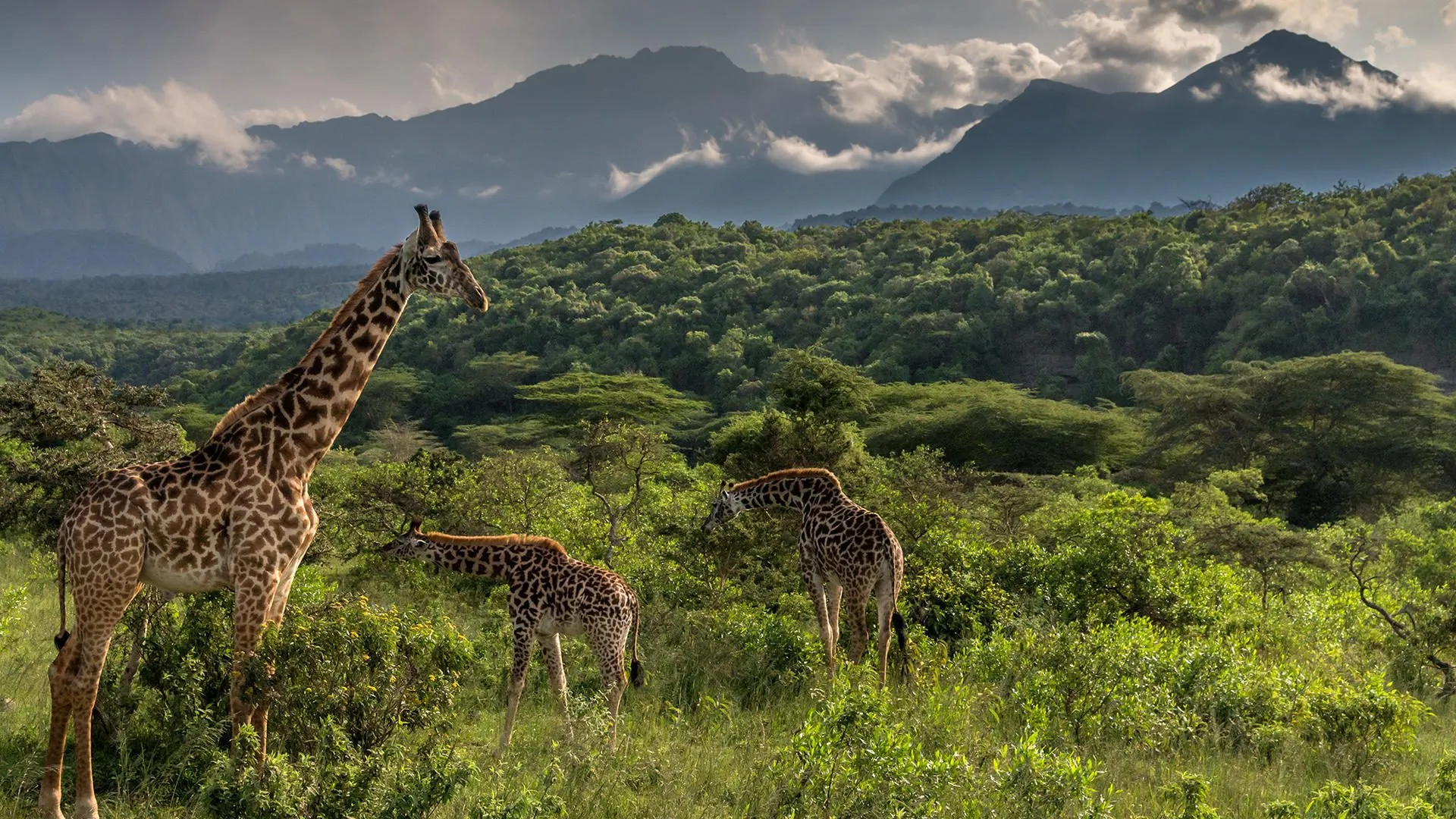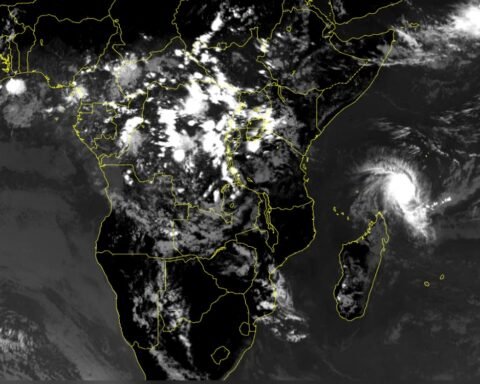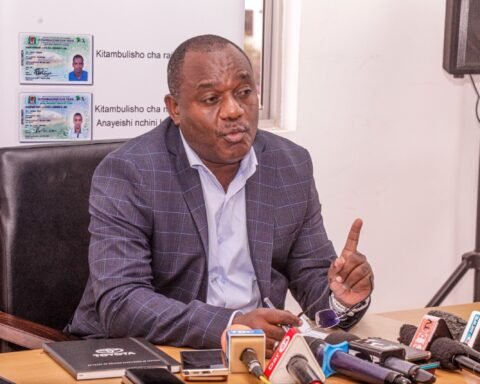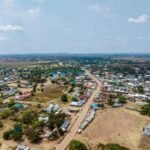The Arusha Region has experienced a major transformation across multiple sectors — from tourism and infrastructure to local economic empowerment a shift largely influenced by the global success of The Royal Tour documentary, which featured Tanzanian President Samia Suluhu Hassan showcasing the country’s vast beauty and potential.
The developments were highlighted on Sunday by Arusha Regional Commissioner Kenan Kihongosi during a press briefing held in the Tanzanian capital, Dodoma.
To meet growing tourism demands, over TSh 103 billion (approx. USD 39 million) has been invested in major improvements at Arusha Airport and Lake Manyara Airport. These airports are vital entry points to Tanzania’s northern safari circuit — which includes iconic destinations like Serengeti National Park, Ngorongoro Crater, and Mount Kilimanjaro.
Modernization includes the installation of night landing systems at Arusha Airport, enabling 24-hour operation for the first time, and paving the way for increased international and domestic traffic.
To diversify its tourism appeal, the government has invested around TSh 25 billion to construct a Geological Museum at the Ngorongoro-Lengai UNESCO Global Geopark. The geopark is globally recognized for its rich fossil history, including discoveries linked to early human evolution.
The museum aims to position Arusha as a hub for geotourism, targeting international researchers, students, and eco-conscious travelers eager to explore Tanzania’s ancient volcanic landscapes and heritage sites.
Arusha’s transformation is not limited to tourism. More than TSh 3.5 trillion has been injected into sectors such as health, roads, water, education, and energy since 2021.
Also Read; Ukraine, Russia Set to Resume Talks in Türkiye
According to Kihongosi, the region’s local government revenue has more than tripled — from TSh 34.6 billion in FY 2020/21 to TSh 110.1 billion in FY 2024/25, marking a 318% increase. This growth has allowed the region to complete 84% of all development projects planned during the past four years.
Per capita income for Arusha residents also rose by 12.5%, from TSh 3.2 million in 2020 to TSh 3.6 million by 2023, signaling improving standards of living.
The government has also placed emphasis on agriculture — the region’s economic backbone. Over TSh 85.2 billion has been allocated to agricultural and livestock development.
Among the flagship projects is the Eyasi Irrigation Scheme, worth TSh 38.4 billion, which is now fully operational and benefiting more than 3,000 local farmers. Lake Eyasi is a vital area for both farming and fishing activities, and the irrigation system aims to stabilize food production amid changing climate conditions.
Inclusive development is also central to Arusha’s progress. Loans to support economic groups led by youth, women, and people with disabilities have grown from TSh 3.1 billion in 2021 to TSh 13.6 billion in 2025. These funds have empowered over 1,350 groups to establish businesses and participate more actively in the local economy.
The Royal Tour documentary, first aired in 2022, continues to play a pivotal role in reshaping Tanzania’s image globally. President Samia Suluhu Hassan served as the narrator and host, personally guiding viewers through Tanzania’s natural wonders and cultural landmarks.
The film has not only reignited interest in Tanzanian tourism but also attracted new investment and global partnerships — a prime example of “visual diplomacy” in action.
With major projects ongoing and regional momentum gaining pace, Arusha is quickly emerging as a model for regional development across East Africa. Officials remain optimistic that with continued investment and strategic leadership, Arusha will become one of Africa’s top tourist and investment destinations.







